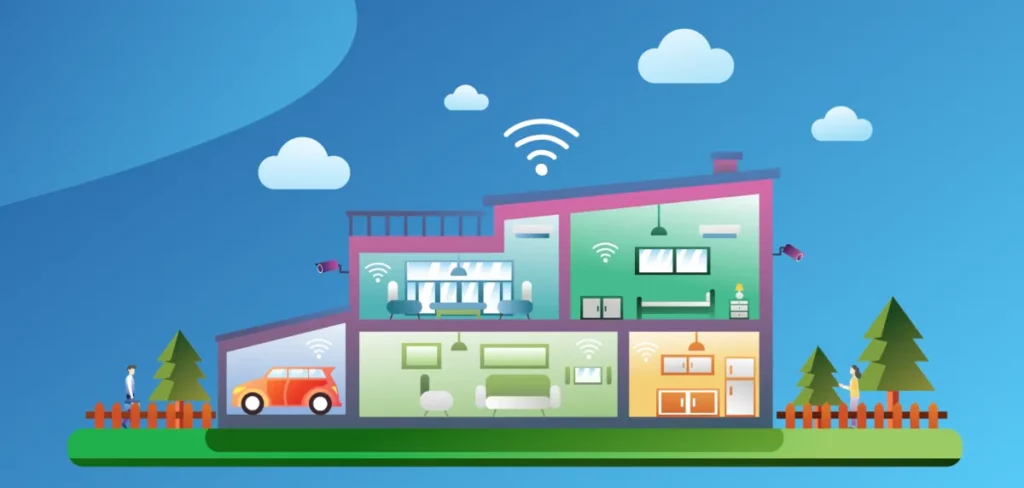In today’s world, many devices are connected to the internet, usually wirelessly. An average family may have several smartphones, a desktop computer, a laptop, a tablet, a smart TV, a gaming console, and other devices connected to the internet. Each of these devices may be simultaneously downloading or uploading a certain amount of data, which means that conducting an internet speed measurement under such conditions may not accurately reflect the true value.
Additionally, during the internet speed measurement, other household members may be using the internet, causing further variations in speed.
If the speed measurement is performed wirelessly, through a WiFi network, it can be influenced by the type of device you are using, the quality of the installed WiFi card in the device, as well as the distance and obstacles (such as walls or ceilings) between the transmitting and receiving devices.
Remember: Even when conducting an internet speed measurement from a single device, ensure that no applications on the computer are consuming bandwidth (such as download managers, YouTube, or other internet-dependent applications). In Windows 10, you may also have peer-to-peer updates enabled, which can turn your computer into a server for distributing updates to other computers.


